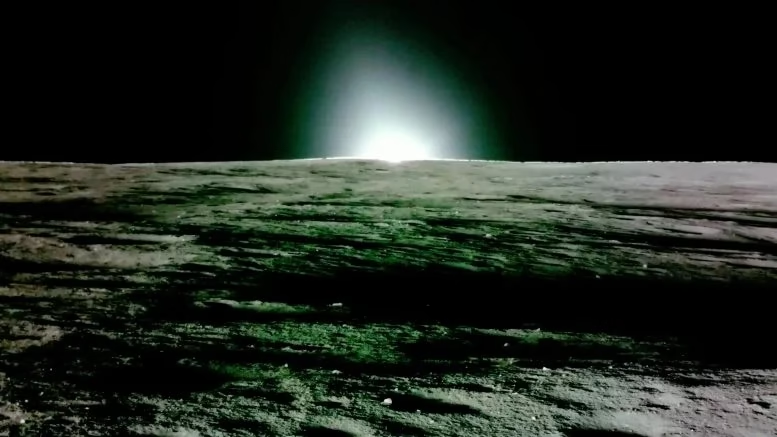
Firefly’s Blue Ghost: A Lunar Odyssey Unveiling Moon’s Secrets and Paving the Way for Artemis
Firefly Aerospace’s groundbreaking Blue Ghost Mission 1 has etched its name into the annals of lunar exploration, achieving a remarkable feat by capturing the first-ever high-definition video of a breathtaking lunar sunset. This accomplishment, alongside a suite of unprecedented scientific achievements, marks a pivotal moment in commercial lunar exploration and significantly bolsters NASA’s Artemis program. The mission’s success not only illuminates the Moon’s enigmatic landscape but also lays a robust foundation for future human and robotic missions.
A Historic Lunar Residency:
The Blue Ghost lander, carrying ten cutting-edge NASA instruments, touched down in the Mare Crisium basin on the Moon’s near side on March 2nd. This landing initiated a 14-day mission, a full lunar day, during which the lander meticulously gathered data and imagery, including captivating visuals of a total solar eclipse and the aforementioned stunning lunar sunset. The mission concluded on March 16th, but the wealth of data transmitted back to Earth continues to be analyzed, offering invaluable insights into the lunar environment. This extended operational period established a new benchmark for commercial lunar missions, surpassing the duration of any previous private endeavor.
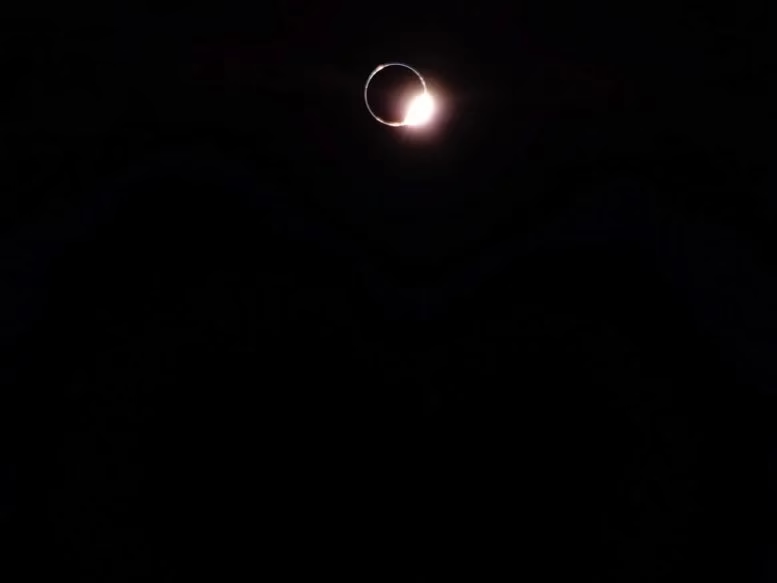
Breaking Barriers and Setting New Standards:
Nicky Fox, associate administrator, Science Mission Directorate at NASA Headquarters, said, “Firefly’s Blue Ghost Mission 1 is the longest surface duration commercial mission on the Moon to date, gathering extraordinary science data that will benefit humanity for decades to come.” This mission, executed under NASA’s Commercial Lunar Payload Services (CLPS) initiative, underscores the burgeoning lunar economy and reinforces American leadership in space exploration.
The mission’s success is underscored by the flawless activation and operation of all ten NASA payloads. These instruments collectively transmitted a staggering 119 gigabytes of data back to Earth, with 51 gigabytes dedicated to scientific and technological insights. The extended operational period allowed for additional data collection during the eclipse and lunar sunset, maximizing the mission’s scientific yield.
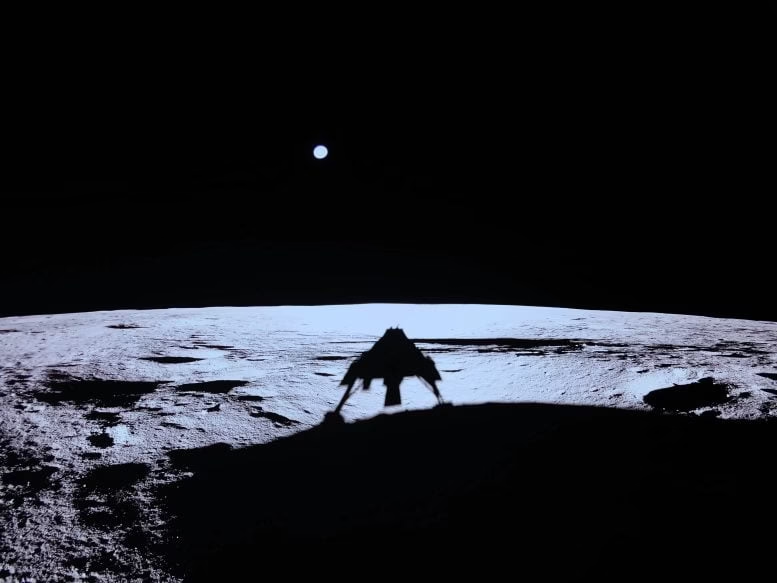
Firefly’s Technological Achievement and Scientific Discoveries:
Blue Ghost Mission 1 achieved numerous technological milestones, pushing the boundaries of lunar exploration.
- Deepest Robotic Thermal Probe: The Lunar Instrumentation for Subsurface Thermal Exploration with Rapidity (LISTER) drilled up to three feet into the lunar surface, providing the deepest robotic planetary subsurface thermal measurements ever recorded. This pioneering demonstration offers crucial data on the Moon’s thermal properties at varying depths.
- First-Ever Lunar GPS Tracking: The Lunar GNSS Receiver Experiment (LuGRE) successfully acquired and tracked Global Navigation Satellite Systems (GNSS) signals, including GPS and Galileo, marking the first instance of GPS tracking on the Moon. This breakthrough suggests that GNSS signals can complement existing navigation methods, enhancing the precision and reliability of future Artemis missions and paving the way for navigation systems on Mars.
- Radiation-Tolerant Computing: The Radiation Tolerant Computer operated flawlessly through Earth’s Van Allen belts and on the lunar surface, including during the lunar night. This achievement validates solutions for mitigating radiation effects on computers, enhancing the safety and cost-effectiveness of future space missions.
- Lunar Dust Mitigation: The Electrodynamic Dust Shield effectively lifted and removed lunar regolith using electrodynamic forces, showcasing a promising solution for mitigating dust accumulation on lunar and interplanetary surfaces.
- Lunar Interior Mapping: The Lunar Magnetotelluric Sounder deployed five sensors to measure electric and magnetic fields, enabling scientists to characterize the Moon’s interior to depths of up to 700 miles, revealing insights into its core structure.
- Space Weather Insights: The Lunar Environment heliospheric X-ray Imager captured X-ray images to study the interaction between the solar wind and Earth’s magnetic field, providing valuable data on space weather and its impact on our planet.
- Precise Lunar Measurements: The Next Generation Lunar Retroreflector successfully reflected laser light from Earth-based observatories, enabling precise measurements of the Moon’s shape and distance, enhancing our understanding of its internal structure.
- Engine Plume Analysis: The Stereo Cameras for Lunar Plume-Surface Studies captured approximately 9,000 images during the lander’s descent and touchdown, providing crucial data on the effects of engine plumes on the lunar surface.
- Robotic Sample Collection: The Lunar PlanetVac successfully collected, transferred, and sorted lunar soil using pressurized nitrogen gas, demonstrating a low-cost, low-mass solution for future robotic sample collection.
- Regolith Adherence Studies: The Regolith Adherence Characterization instrument analyzed how lunar regolith adheres to various materials, providing insights for designing and protecting future spacecraft, spacesuits, and habitats from abrasive lunar dust.
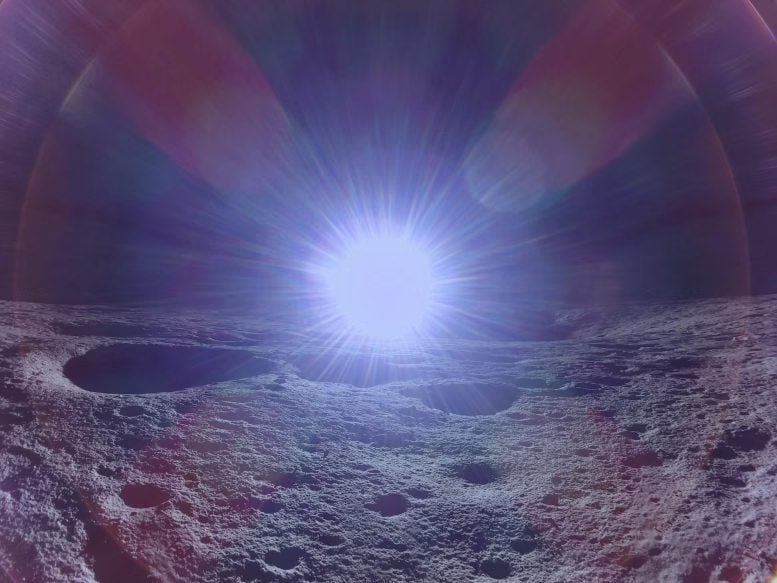
Advancing the Artemis Program and Beyond:
The data gathered by Blue Ghost Mission 1 will significantly contribute to NASA’s Artemis program by providing crucial insights into the lunar environment. This information will be instrumental in planning long-duration crewed missions and establishing a sustainable human presence on the Moon.
Furthermore, the mission’s success underscores the effectiveness of the CLPS initiative, which has awarded 11 lunar delivery contracts to five vendors, facilitating the deployment of over 50 instruments to various lunar locations, including the South Pole and far side. These missions collectively contribute to a comprehensive understanding of the Moon, paving the way for future scientific discoveries and human exploration.
The high resolution video of a lunar sunset, and other data, will be used to better understand the optical properties of the lunar surface. The thermal data will improve models of the lunar regolith. The GPS signal data, will allow for better navigation on the moon. All of this data, and more, will be used to make future lunar missions more successful.
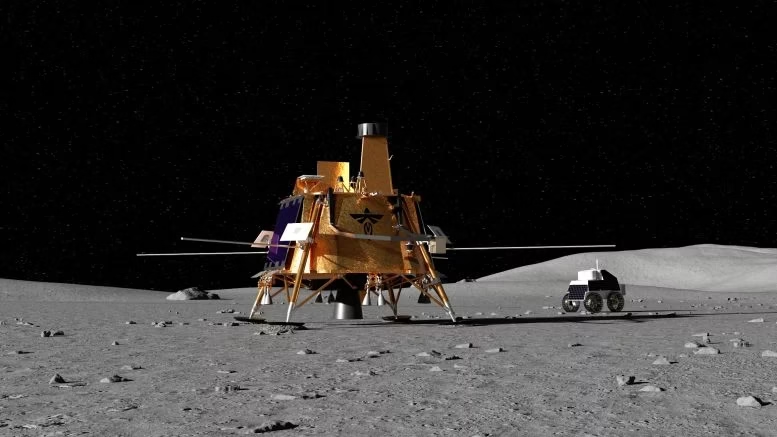
for more Click NOW